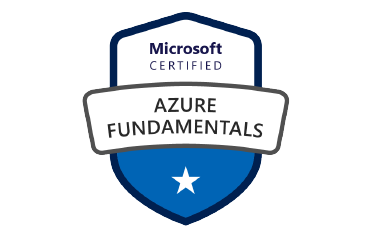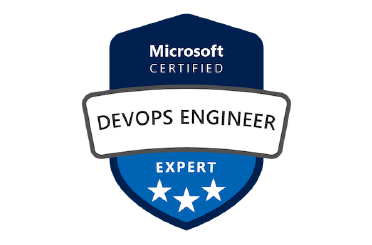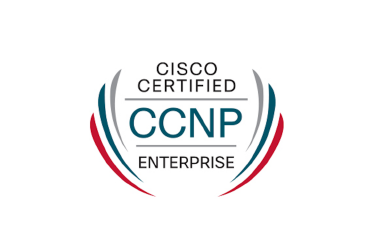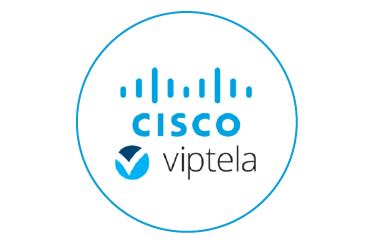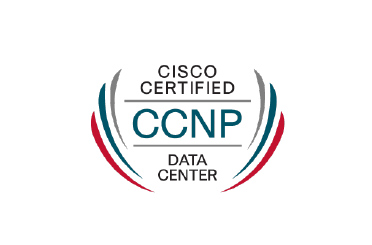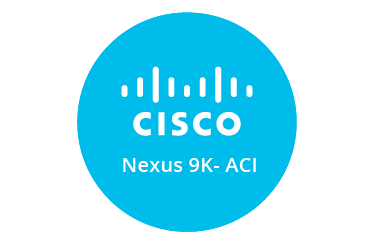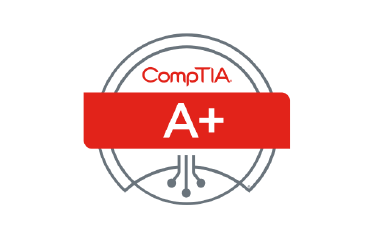JNCIS-SP (Service Provider)
Designed for experienced networking professionals with beginner to intermediate knowledge of routing and switching implementations in Junos, this written exam verifies the candidate’s basic understanding of routing and switching technologies and related platform configuration and troubleshooting skills.
All Courses Idea
JNCIS-SP exam topics are based on the content of the recommended instructor-led training courses, as well as the additional resources.
- Exam Code: JN0-363
- Written exam
- Administered by Pearson VUE
- Exam length: 90 minutes
- Exam type: 65 multiple-choice questions
- Pass/fail status is available immediately
- Junos Software Release: Junos OS 21.2
Identify the concepts, operation and functionality of various protocol-independent routing components
- Static, aggregate, and generated routes
- Martian addresses
- Routing instances, including RIB groups
- Load balancing
- Filter-based forwarding
Demonstrate knowledge of how to configure and monitor various protocol-independent routing components
- Static, aggregate, and generated routes
- Load balancing
- Filter-based forwarding
Identify the concepts, operation, or functionality of OSPF
- Link-state database
- OSPF packet types
- Router ID
- Adjacencies and neighbors
- Designated router (DR) and backup designated router (BDR)
- OSPF area and router types
- LSA packet types
Demonstrate knowledge of how to configure, monitor and troubleshoot IS-IS
- Areas, interfaces and neighbors
- Additional basic options
- Routing policy application
- Troubleshooting tools
Identify the concepts, operation and functionality of IS-IS
- Link-state database
- IS-IS PDUs
- TLVs
- Adjacencies and neighbors
- Levels and areas
- Designated intermediate system (DIS)
- Metrics
Demonstrate knowledge of how to configure, monitor and troubleshoot IS-IS
- Levels, interfaces, and adjacencies
- Additional basic options
- Routing policy application
- Troubleshooting tools
Identify the concepts, operation and functionality of BGP
- BGP basic operation
- BGP message types
- Attributes
- Route/path selection process
- IBGP and EBGP functionality and interaction
Demonstrate knowledge of how to configure, monitor, or troubleshoot BGP
- Groups and peers
- Additional basic options
- Routing policy application
Identify the concepts, operation, or functionality of Layer 2 bridging for the Junos OS
- Service Provider switching platforms
- Bridging elements and terminology
- Frame processing
- Virtual Switches
- Provider bridging (e.g., Q-in-Q tunneling)
Identify the concepts, benefits, and functionality of VLANs
- Port modes
- Tagging
- MVRP
- IRB
Demonstrate knowledge of how to configure, monitor, or troubleshoot Layer 2 bridging and VLANs
- Interfaces and ports
- VLANs
- MVRP
- IRB
- Provider bridging
Identify the concepts, benefits, operation, or functionality of Spanning Tree Protocol and its variants
- STP, RSTP, MSTP and VSTP concepts
- Port roles and states
- BPDUs
- Convergence and reconvergence
- Spanning-tree security
Demonstrate knowledge of how to configure, monitor or troubleshoot STP and its variants
- Spanning-tree protocols: STP, RSTP, MSTP, VSTP
- BPDU, loop, and root protection
Identify the concepts, operation, or functionality of MPLS
- MPLS terminology
- MPLS packet header
- End-to-end packet flow and forwarding
- Labels and the label information base (LIB)
- MPLS and routing tables
- RSVP
- LDP
Demonstrate knowledge of how to configure, monitor, or troubleshoot MPLS
- MPLS forwarding
- RSVP-signaled and LDP-signaled LSPs
Identify the concepts, operation, or functionality of IPv6
- IPv4 vs. IPv6
- Address types, notation and format
- Address scopes
- Autoconfiguration
- Tunneling
Demonstrate knowledge of how to configure, monitor, or troubleshoot IPv6
- Interfaces
- Static routes
- Dynamic routing: OSPFv3, IS-IS, BGP
- IPv6 over IPv4 tunneling
Identify the concepts, requirements, or functionality of IP tunneling
- Tunneling applications and considerations
- GRE
- IP-IP
Demonstrate knowledge of how to configure, monitor, or troubleshoot IP tunnels
- GRE
- IP-IP
Identify the concepts, benefits, applications, or requirements of high availability
- Link aggregation groups (LAG) and multichassis LAGs (MC-LAGs)
- Graceful restart (GR)
- Graceful Routing Engine switchover (GRES)
- Nonstop active routing (NSR)
- Nonstsop bridging (NSB)
- Bidirectional Forwarding Detection (BFD)
- Virtual Router Redundancy Protocol (VRRP)
- Unified In-Service Software Upgrade (ISSU)
- Ethernet Ring Protection (ERP)
Demonstrate knowledge of how to configure, monitor, or troubleshoot high availability components
- LAG, MC-LAG
- GR, GRES, NSR and NSB
- VRRP
- ISSU
JNCIS-SP stands for Juniper Networks Certified Specialist – Service Provider Routing and Switching. It’s an intermediate-level certification that focuses on how large telecom networks (like ISPs and carriers) work. You’ll learn how service providers build, scale, and manage networks using Juniper gear.
Some key topics include: Routing protocols: OSPF, IS-IS, and BGP MPLS and label switching Junos routing policies and firewall filters Layer 2 & Layer 3 VPNs Service provider design and troubleshooting It’s very hands-on and industry-relevant!
Exam Code: JN0-363 Duration: 90 minutes Questions: Around 65 (all multiple choice) Cost: ~ USD 200 Language: English Passing Score: Not officially published (but usually around 65%)
Yes! You can train with AITA Kolkata (Adroit Information Technology Academy) – a trusted name in IT education in Kolkata.
Location: Kolkata (plus online training available) Experienced trainers with Juniper and ISP-level knowledge Hands-on labs to simulate real SP networks Guided study plans and help with exam prep Soft skills & interview readiness sessions
With AITA expert guidance, you can be ready in 6 to 8 weeks (depending on your study pace and previous experience).
Once certified, you can apply for roles like: Service Provider Network Engineer Routing & Switching Specialist (ISP/Telecom) NOC Engineer (Carrier-grade networks) L2/L3 Network Support Engineer Junior MPLS/BGP Consultant This cert is especially useful if you’re aiming for ISPs, telcos, or managed network providers.
You’ll gain real-world knowledge that telecom & ISP employers value It boosts your resume and credibility in service provider networking Opens doors to higher-level Juniper certs like JNCIP-SP and beyond With support from AITA Kolkata, you won’t be studying alone!
Yes, this course is highly sought-after in Kolkata and across India, offering excellent career prospects.
After completing this course from Adroit Academy, you can explore various job roles in reputed IT companies, MNCs, and startups.
Yes, Adroit Information Technology Academy offers placement assistance to help students kickstart their careers.
Absolutely! This course is available online, making it accessible to students across India and globally.
Adroit IT Technology offers industry-aligned curriculum, experienced trainers, and strong placement support, making it a preferred choice for this course in India.
You’re not alone—MPLS and BGP can seem complex at first. But AITA’s trainers explain them in simple, real-world terms with lab exercises, so you actually enjoy learning instead of feeling overwhelmed.
Definitely. We believe the best way to learn is by doing. You’ll get access to Juniper virtual labs where you can configure and troubleshoot real networking scenarios.
We offer curated notes, official documentation guidance, practice quizzes, mock exams, and access to discussion forums. Basically, everything you need to succeed.










